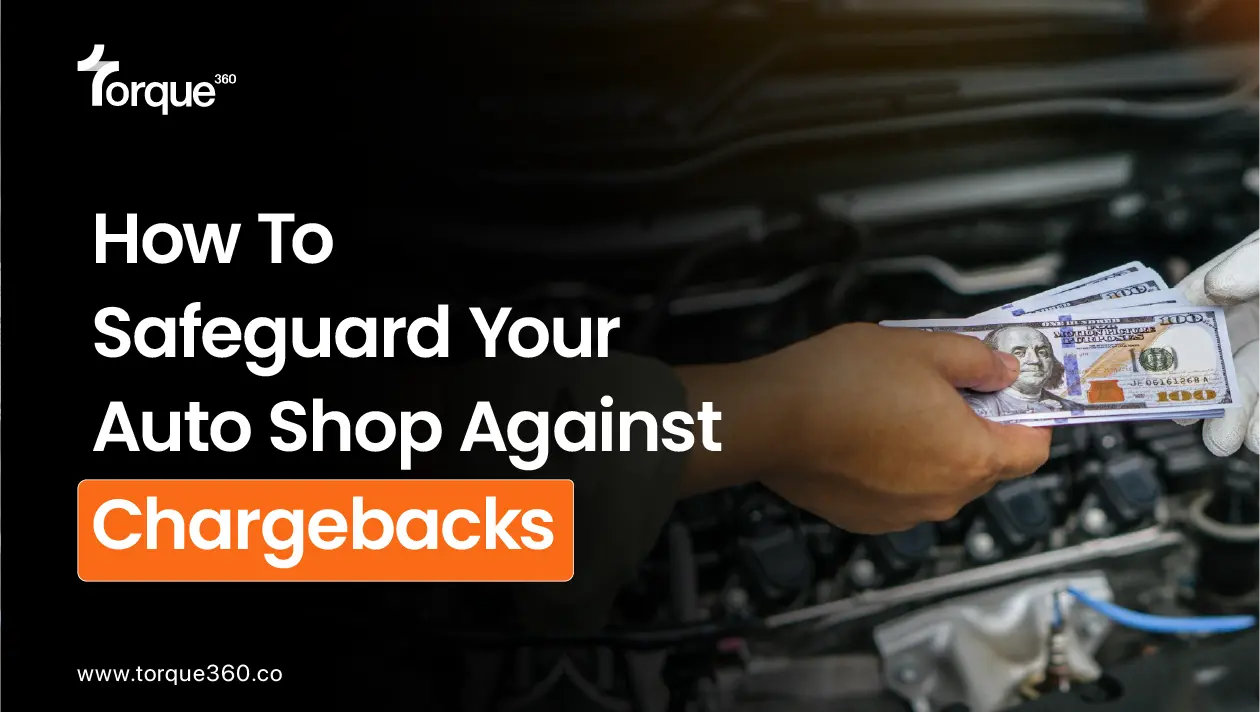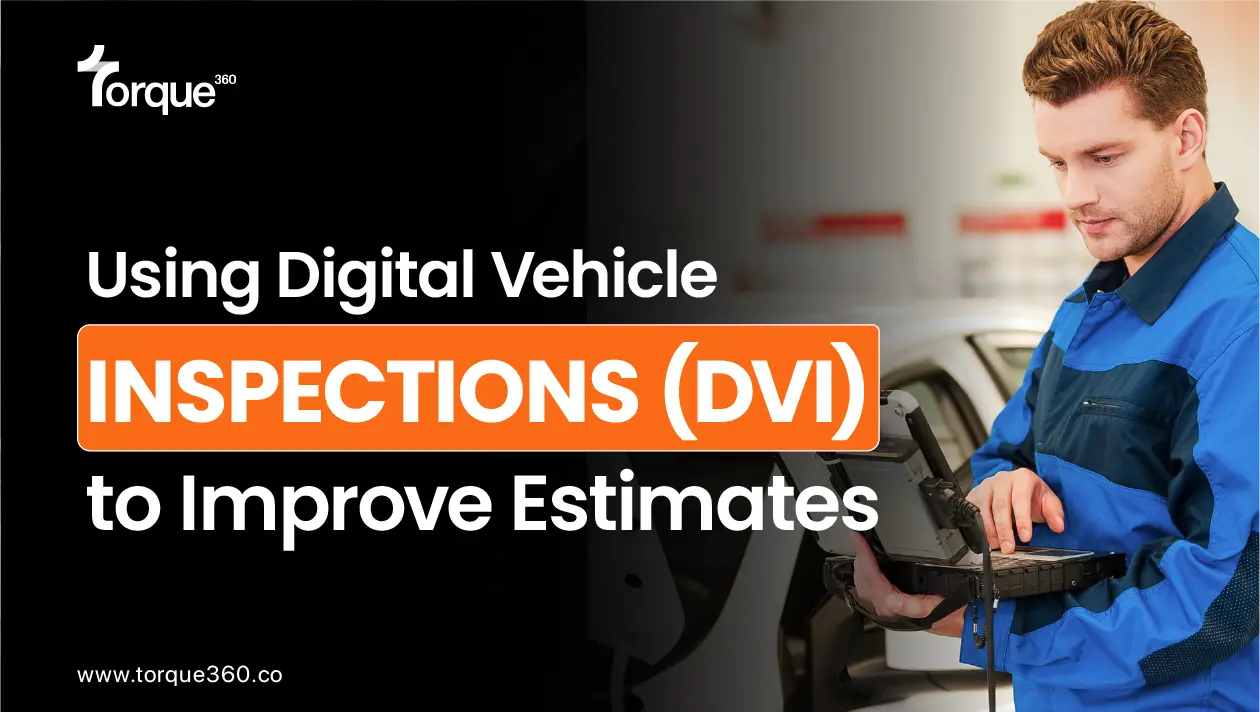Most auto repair shops have two big goals: doing a great job fixing cars and making enough money to stay in business. But even if you and your team are excellent at repairs, if you’re not careful with your pricing, the shop might not last long.
One important part of making money is how much you mark up the auto parts you sell. Some shops use old or simple pricing rules that either don’t make enough money or, even worse, don’t cover the costs of the parts. Other times, shops might mark up the parts too much, which can upset customers.
The key is finding a balance—charging enough to make a profit, but also being fair to your customers. Let’s dive into how you can set the right price for parts, so both your business and your customers are happy.
Understanding Your Costs
Before you start thinking about how much to charge for parts, you need to understand all the costs involved. It’s not just about the price you pay for the part itself—it’s also about the extra money you spend to get the part ready to sell to your customers.
Landed Cost
This is the total cost of getting a part to your shop. It includes the price you paid for the part, shipping fees, any extra charges from the manufacturer, taxes, and special fees for ordering parts that aren’t in stock.
Overhead Costs
These are the regular costs of running your shop. They include things like paying for your building (rent or mortgage), utilities like electricity and water, paying employees, buying supplies, marketing your business, and the technology you use to keep things running smoothly.
Calculating Real Cost
Let’s look at how to figure out the true cost of a part using an example: a brake caliper. Consider the part costs $50 to buy, and then you pay $5 for shipping, $5 for taxes and other fees, and a $10 core charge (which you’ll get back later). So, the total cost to get that part to your shop is $60.
Now, we need to think about the costs of running your business, like rent and bills. If you add 15% of that $60 (which is $9) for your business costs, the true total cost for that caliper is $69.
This is where some shops get into trouble. If you just add a 50% markup on the $50 part, you might think you’re making a nice profit. But when the real cost is $69, that markup doesn’t leave much room to make money.
Markup Strategies
As a repair shop owner, You need to figure out how much to charge for parts and services. One simple way to do this is a fixed percentage markup.
This means you add the same amount of extra money to every part, no matter what it is.
Fixed Percentage Markup
For example, if you decide to add a 50% markup, a $50 part would cost $75 when sold to a customer. This method is easy to use and helps keep things fair and even.
However, it doesn’t take into account the different costs of parts, how rare they are, or how hard they are to get.
So, while it’s simple, the auto repair shop markup method might not always be the best choice for every part.
Tiered Markup
Tiered Markup is a way to charge different prices for different parts based on things like how expensive they are, how hard they are to find, or how in-demand they are. This system helps keep prices fair while still making enough money.
Consider this:
If a part costs less than $10, add a 100% markup. If the part costs between $10 and $100, then add a 60% markup. And if the part costs more than $100, add a 40% markup.
This way, you can keep everyday parts affordable while making more money on special or harder-to-find parts. It’s a smart way to make sure your prices are fair and you’re still earning enough for your auto repair shop.
Value-Based Pricing
Value-based pricing is when you set prices based on how much a customer thinks a part is worth. Some parts, like a brake rotor that helps keep the car safe, or a high-flow muffler that makes the car go faster, are seen as more valuable by customers. People are usually okay with paying more for these parts because they know they’re important for safety or performance.
In an auto repair shop markup system, charge more for these kinds of parts because customers understand they’re getting something excellent. Sometimes, you need to explain why a part is worth the price—like how it helps make the car safer, faster, or last longer. This can help your customers feel good about paying a little extra for parts that make a difference.
Competitive Analysis
Competitive analysis means checking what other auto repair shops in your area are charging for the same parts and services. You don’t have to copy their prices exactly, but it helps to know what’s normal for your area. If your prices are too high, customers go somewhere else. If your prices are too low, you do not make enough money.
Every shop has different costs to run, so some charge less for parts but make more money with labor. If your shop offers extra things like excellent service or warranties, it’s okay to charge a little more because customers will appreciate what they’re getting.
Beyond the Percentage
Pricing parts isn’t just about adding a percentage to the cost. Some parts, like rare or hard-to-find ones, can be sold for a higher price because customers know they won’t easily find them anywhere else.
If you offer a strong warranty or guarantee, that can also make it okay to charge a little more. Customers like knowing they’re covered, and that extra value can justify the price.
Building good relationships with your customers is important, too. Loyal customers who keep coming back are key to your business. Offering them discounts can help keep them coming to your auto repair shop.
Also, by watching your inventory closely, you can keep your pricing strategy smart. This helps avoid paying for parts you don’t need and keeps your prices fair while saving money.
Wrapping Up!
To find the right auto repair shop markup for your business, you need to start by looking at your costs and choosing a pricing strategy that works for your goals, customers, and even what other shops are charging.Pricing isn’t something you set once and forget. You have to keep an eye on how your sales are doing and how much things are costing. You need to change your prices from time to time to make sure you’re making the most money. Using auto repair shop management software helps you by checking your sales and costs. This shows you if your prices are too high, too low, or not matching the rising costs of parts and running your shop.





